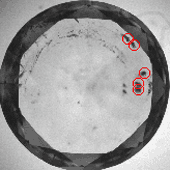- Joined
- Apr 3, 2004
- Messages
- 33,852
----------------
On 5/3/2004 4:04:10 PM oldminer wrote:
Check out this link for a hint of what is coming down the pike. I know it looks a little crude as depicted, but there is far better coming our way.
http://www.imageminc.com/products/----------------
